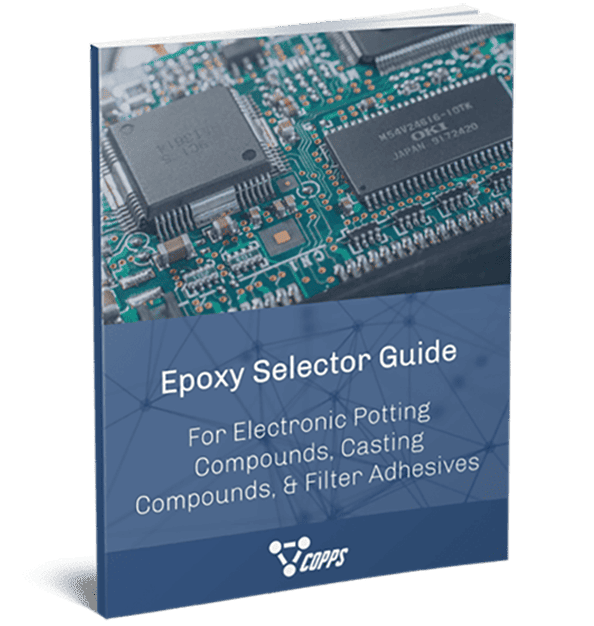Viscosity is the tendency of a fluid to resist flow. This characteristic affects the material’s thickness and consistency, which, in turn, influences how well it permeates a substrate. The units used for viscosity measurements are Centipoise (cps) or millipascal-second (mPa-s).
Epoxies and Urethanes are Non-Newtonian fluids, meaning their viscosity changes depending on the shear rate. Their viscosities are normally measured using a Brookfield viscometer, which calculates viscosity by considering the relationship between shear rate, time, and temperature. Epoxies and Urethanes can be classified into three categories based on their viscosity:
The color of a system can be tailored to the needs of an application by adding different fillers and pigments. Unfilled resin systems have no fillers added, so they maintain the natural color of the resin. Filled resin systems have fillers added, so they take on the color(s) of the filler(s). Some systems are naturally clear. They can be used as-is or mixed with pigments to achieve a specific color.
Curing is the chemical process by which an epoxy or urethane hardens and develops its full strength. The time it takes to cure fully—i.e., the cure time—depends on several factors, such as formulation and temperature. Some systems cure at room temperature once the resin and hardener are mixed, while others require elevated temperatures (generally between 200° to 350° F) to achieve a full cure.
The curing process occurs in stages. The initiation stage is the period of time in which the resin and hardener are mixed, but the mixture remains flowable and workable. The mixture must be applied before this stage ends. The gel time, or initial cure stage is the first point in time at which the mixture begins to transition into a solid. The final stage, or full cure stage is when the product has had enough time and or temperature applied for the chemical reaction to reach its full potential.
Ultimately, the type of system you choose should demonstrate the physical properties required for your application. Some of the characteristics you may consider include:
How these properties are prioritized affect which resin and hardener formulation best suits your application. A knowledgeable and experienced solutions partner can formulate a system to suit your project needs.

Epoxy and polyurethane systems can be custom formulated to your application requirements. Our Epoxy Selector Guide for Industrial/OEM Applications will help you to select an ideal urethane or polyurethane system to meet the necessary criteria.